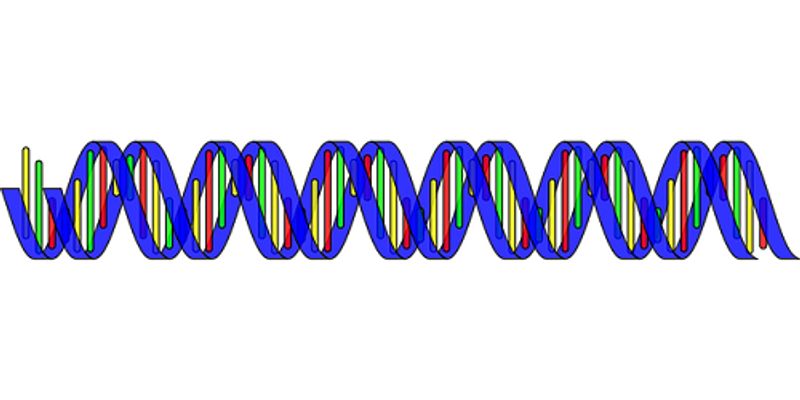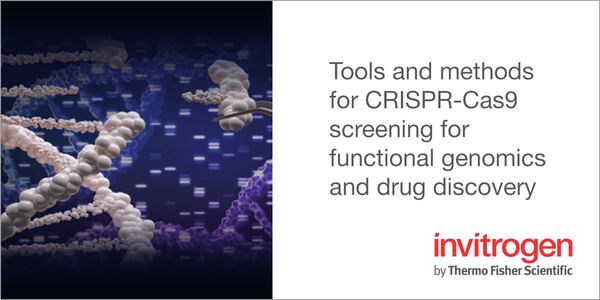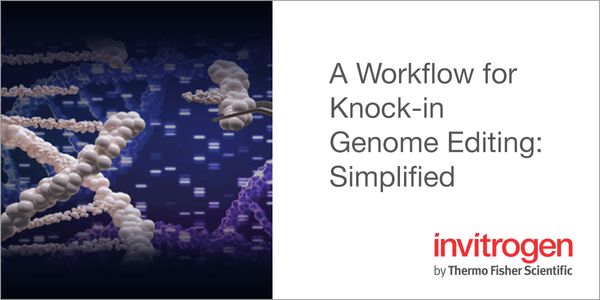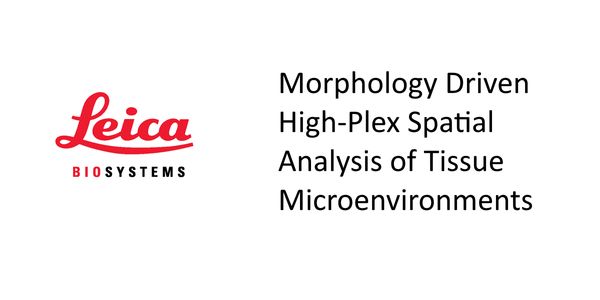RNA
RNA, short for Ribonucleic Acid, is a molecule found in the human body that is able to form polymers and secondary structures, and can be used for various activities including decoding DNA and transferring the information to the Ribosome (tRNA), incorporation into the Ribosome (rRNA), as well as many regulatory activities concerning the expression of genes.
-
MAY 07, 2020 | 8:00 AMDATE: May 7, 2020 TIME: 8:00AM PDT, 11:00AM EDT With the recent explosion of cell therapy, we know more about conditions affecting cell growth than ever before. Your CO2 incubator should not...The forensic investigation of crime involves answering four basic questions: who, what, where, and when. Tools exist to answer questions of who, what and where, but the question when is ofte...
APR 30, 2020 | 9:00 AM
DATE: April 30, 2020 TIME: 9:00am PT, 12:00pm ET Loss-of-function studies are an established method for uncovering a gene’s role in a biological pathway or disease state. The advent of...
Speaker:
Louise Baskin, M.S. Molecular Biology and Genetics
Sponsored By: Thermo Fisher Scientific - Invitrogen
APR 29, 2020 | 8:00 AM
Date: April 29, 2020 Time: 8:00AM PDT, 11:00AM EDT Single cell genomics and other next generation sequencing applications depend strongly on adequate upstream sample preparation. Results can...
Background and aim: Rapid and complex diagnosis of viral, bacterial and parasitic infections is highly desirable not only in clinical practice, but also in food safety or early warning syste...
APR 24, 2020 | 8:00 AM
DATE: April 24, 2020 TIME: 8:00am PT, 11:00am ET, 5:00pm CET...
Learning Objectives: 1. What is wrong with healthcare today 2. What kinds of omics and wearables data can be used to best predict disease risk and manage health...
Single-cell RNA sequencing has emerged as an important technology that can reveal gene expression differences between different cell types. This webinar will demonstrate how bioinformatics s...
Speaker:
Jean-Noel Billaud, PhD
In this presentation Dr. Kevin Halling describes the use of RNA-seq testing for identifying clinically significant gene fusions in tumors that can be used to help establish diagnosis and gui...
In recent years Nanotherapeutics has revolutionized the healthcare strategies and envisioned to have a tremendous impact to offer better health facilities. It involves design, fabrication, r...
Complex genomes, including the human genome, contain ‘dark’ regions that standard short-read sequencing technologies do not adequately resolve—overlooking many variants tha...
Triple-negative breast cancer (TNBC) is an aggressive disease that accounts for 10-20% of all breast cancer cases diagnosed annually in the U.S.1. Despite its prevalence, TNBC remains resist...
Speaker:
Dina Finan, PhD
, Stephen Williams, PhD
Presented at: Genetics Week Virtual Event Series 2020
























